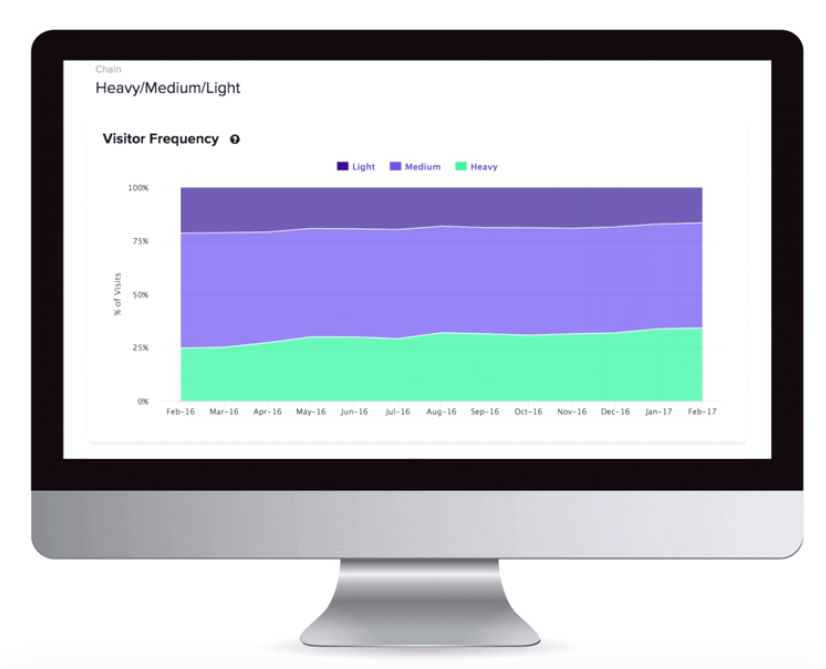Foursquare CEO lays out 'where retailing's future will lie'
E-commerce darlings like Bonobos (WMT), Warby Parker and Casper are setting up physical storefronts to address customers’ desire to test something out before buying it online.
“Showrooming is where a lot of stuff is going to happen — combining the best of e-commerce and social shopping,” said Jeff Glueck, Foursquare CEO. He also addressed the need for technology to catch up to the in-store experience.
The ‘cookie for the real world’
Foursquare initially launched in 2009 as a consumer-facing app, engaging users to “check-in”. In 2014, the company split into two — Swarm became the app for check-ins and a way to keep track of all your travels. Now, Foursquare is a location technology service that analyzes consumer whereabouts, supplying the data to 100,000 advertisers, analysts and developers to help understand offline behavior.
Through billions of consumer check-ins, Foursquare analyzes its own app users as well as other apps using its technology to detect when a phone walks into 100 million places around the world. Foursquare provides data to companies like Apple (AAPL), Snapchat (SNAP), Uber, Samsung, Tencent and Twitter (TWTR), which use the information to locate and measure their own consumers.

The internet has the web cookie, which is information saved by your web browser that tracks your online behavior. But the physical world doesn’t have an equivalent, said Glueck.
“Using the cookie, e-commerce leaders in tech can tailor advertising and understand [if it drives] people to buy online. The real world economy is much bigger than e-commerce, but it doesn’t have a cookie. So it’s very hard for people to do the smart stuff that you take for granted in digital marketing or analytics. We are in effect a cookie for the real world,” said Glueck.
‘Where retailing’s future will lie’
Customers are becoming fully aware that their every move is being monitored by the internet. Despite the initial reluctance to click on an ad featuring the exact pair of shoes you were eyeing an hour earlier, you are desensitized to the eerie level of personalization. Retailers may have to take a page from the internet’s playbook to implement a similar strategy in order to survive.
“As we think about the future, we have these AI assistants like Alexa and Siri that are getting to know you because your phone is with you all the time. But when you walk into a store, the clerk doesn’t know that you like black or purple or what kind of shopper you are. And so they’re using all these indirect signals [to help you shop],” he said.
“Imagine technology where you walk in and the retailer app starts to engage with you based on all of the data it has about things you like. It’s able to make much smarter recommendations very quickly. And that technology in the physical context is where retailing’s future will lie.”
‘You cannot get more personalized than that’
Glueck, emphasizing the need for customers to opt in and be fully aware of their privacy rights, said personalization will ultimately save the retail experience.
“It’s less scary if it’s an app that you’ve contributed to, rather than a person [walking] up to you and whom you’ve never met start saying, ‘Well, I know you like these kinds of clothes.’ That is weird. But I think we’re used to technology learning quickly.”
José Neves, founder and CEO of Farfetch, an online platform that sells products from 800 boutiques around the world, echoed this sentiment.
“Your smartphone knows your face and your fingerprint — you cannot get more personalized than that. Meanwhile, physical experiences are anonymized. And not in a good way.”
Melody Hahm is a senior writer at Yahoo Finance, covering entrepreneurship, technology and real estate. Follow her on Twitter @melodyhahm.
This story is a part of Yahoo Finance Presents: The Retail Revolution, March 5-9, 2018.
